The content of the article
The unique representative of the heather family (Ericaceae) is Ledum Palustre or Rhododendron Tomentosum. The chronicle of his discovery for medicine stretches from the time of Hippocrates - it was decided to use it to increase tone. In Russian herbalists, other methods of application and such a characteristic as a “powerful remedy” for tumors and “wound healing” are also recorded.
He was recognized in many countries as a medicinal product and is widely used in folk healing and traditional healing, in the fashionable direction of medicine - homeopathy. There were legends about love, the love spell and stupefying properties of the evergreen, fragrant shrub. Owners of taverns also did not hesitate to fascinate customers with the help of a dope, which fragrances a flower. Adding to strong drinks, the owner provided himself with regular customers.
He owes his name to the fertile environment of his existence. This plant is not rare in nature. But the fertile “soil” for them is marshland, peatlands and a cool climate.
Surely, everyone has heard of marsh rosemary, but only in popular interpretations:
- Hemlock.
- Fragrant Bagan.
- The swamp is swamp.
- Forest rosemary.
- Big bugs.
- The bug is grass.
- Oregano
- Bagun.
- Canabra swamp.
- Kokora.
- Honobol.
In some countries, they use the names:
- bagno zwyczajne - Poland.
- romero silvestre, ledo - Spain.
- lédon - France.
- Sumpfporst - Germany.
- Marsh (Northern) Labrador Tea or Wild Rosemary - England.
Nowadays, more and more people refuse medical treatment. As a rule, due to the unreasonable high cost of drugs and the dubious quality of pharmaceutical products.
When resorting to folk methods, it is necessary to be careful and well know the properties of the healing plant. Ledum marsh, according to the ancient classification, was recognized as a narcotic drug (narcotica acria). It must be remembered that the dosage in this case is important, since the unreasonable use of drugs prepared on the basis of this poisonous plant can be dangerous.
Collection rules and procurement
The best time to collect Ledum is May, June, July, August - depending on the destination. Drying is carried out in a well-ventilated non-residential premises or under a canopy on the street. Permissible use of electric dryers (temperature 40-60 degrees). Leaves, stems and flowers are poisonous and require careful handling.
For medicinal purposes, it is advisable to collect young shoots and leaves. More essential oil can be extracted from them. It is recommended to do this after flowering, in dry weather. Healers use all components, including roots and flowers.Dried plants are poured into paper bags, determined in a compartment separate from other charges. Subject to proper drying and storage in a dry place, the workpiece can last up to three years.
What is included in the marsh rosemary?
- Essential oils (0.9-2%) - aromatic substances make up the basis. They have a sedative effect, have antiviral effects, relieve inflammation, anesthetize and are characterized by a restorative effect. This is a complex composition with phenolic and organic acids, bicyclic alcohols and hydrocarbons, terpenoids and phytoncides (phyton - plants and lat. Caedo - kill) - inhibit the growth, development of pathogenic microflora.
- Flavonoids, when ingested with food, trigger the work of many enzymes. This substance strengthens the walls of blood vessels and supports the work of the heart. It is widely used in the manufacture of medicines and traditional medicine.
- Organic acids - spontaneously adjust the acid-base balance of the blood, inhibit putrefactive, fermentation processes in the body. Improve digestion. They have anti-inflammatory effect. It is a natural antispasmodic and antiseptic.
- Tannins (tannins) - contribute to the rapid healing of wounds, stop bleeding, help cope with diarrhea, dysbiosis. Relieve inflammation. They remove harmful substances, toxins and toxins, radiation from the body, help to assimilate beneficial and positively affect the functioning of the gastrointestinal tract as a whole. Overuse of tannins can lead to constipation.
- Sesquiterpene alcohols have a pronounced balsamic smell, bitter, burning taste. It is characterized by the ability to relieve spasms and relax muscle tissue. It has a strong expectorant effect.
- Arbutin is a phenolic glycoside used to whiten the skin and eliminate age spots in cosmetology. But its main value is in antiseptic action. The ability of arbutin to cope with the aggressiveness of the life of Staphylococcus aureus is also unique.
- Amino acids - regulate and normalize metabolic processes in the body.
- Neomyrtillin is a substance invaluable in usefulness. Natural insulin that can normalize blood sugar.
- Gum, an excellent antioxidant. It is able to establish the digestive tract, helps the intestinal walls absorb nutrients. Suppresses excessive appetite and lowers blood cholesterol.
Moreover, all components are closely intertwined with each other and form new components with additional, valuable qualities.
For what diseases is it recommended to use substances that include ledum? The list is large and impressive with the results.
Essential oil:
- It is a good antitussive. It is a natural cough antibiotic.
- Use for cramps.
- Eliminates inflammatory processes.
- Cleanses the bronchi, promotes the rapid elimination of mucus.
- It accelerates the movement of blood, acts as a vasodilator and is able to lower blood pressure.
- It is highly effective in the fight against exudate.
- Relaxes smooth muscles, relieves cramps.
- Increases the overall resistance of the tissues of the stomach.
- Has a fatal effect on Koch's wand.
- Effective in the fight against influenza.
It is used for the industrial production of sprays, the spectrum of which is aimed at eliminating the acute and chronic forms of rhinitis. It is widely and effectively used by doctors in traditional medicine.
As part of the ointment, they are used to heal skin diseases. They treat burns, frostbite of the dermis and bruises. Eliminates itching and relieves inflammatory processes. Helps relieve discomfort after insect bites.
Water infusions and decoction based on rosemary:
- Good diaphoretic. It will help to cope with increased body temperature.
- With whooping cough and cough, it has established itself as a fast-acting expectorant and antiseptic.
- Not replaceable with spastic enterocolitis.
- It cures bronchial asthma, relaxes the smooth muscles of the bronchi.
- With rheumatism of joints and muscle, gout, osteochondrosis - used internally and externally. It has anti-inflammatory and analgesic properties.
- Scrofula, eczema, psoriasis, skin lesions - is an exceptional blood purifier.
- A positive result in the removal of acne, diathesis, and lichen.
- It is able to overcome inflammation of the internal organs. Drown out the pain. It has narcotic properties.
- It is prescribed for shortness of breath and pulmonary tuberculosis.
- Disinfect punctured and lacerated wounds, bruises. It will relieve pain and swelling from the bites of mosquitoes and stinging insects.
- It regenerates tissues, softens, eliminates pain, accelerates the healing process. Suitable for the treatment of cracks in the heels.
- Normalizes sleep and calms the nervous system.
- Bringing blood sugar to normal.
- The use of infusion for preventive purposes is very popular. The schematic use of the medicine will not allow even a hint of oncology. An integrated approach to strengthening the immune system and periodic doctor consultations guarantee 100% success.
Despite the fact that the plant has been studied by the luminaries of science, for unknown reasons, some countries have identified for themselves certain areas for the use of drugs, which include ledum.
- Bulgaria uses hot infusions in the field of gynecology as an abortive substance. Ancient practices of healers describe the ability to heal reproductive function from infertility. In gastroenterology, Bulgarian doctors are using this plant to fight cholecystitis.
- The Japanese and Buryats use the full power of the plant. It is for them a panacea for many diseases in gynecology, dermatology, parasitology. They are cured of conjunctivitis, blepharitis, digestive disorders, and are used for treatment and rapid hair growth.
- France and Germany use the beneficial properties of shrub juice for the treatment of colds, accompanied by cough, for angina pectoris and varying degrees of severity of rheumatism.
- By adding a couple drops of plant juice to alcohol, the residents of Komi solve the difficulties with dependence on the green snake.
What can be used:
- Alcohol tincture is most often applicable for grinds or compresses externally, but there are recipes for internal use. It is important to remember that the base is a toxic substance and reception is possible in a limited amount (usually calculated in drops).
- Vinegar infusion is suitable for external use only. It is applied to aching joints and muscles, which are aching with pain (sciatica, inflammation of the nerve of the sciatica, disturbing joints, lumbago). It copes with the destruction of skin parasites and bothering dandruff.
- An interesting form of release is an infusion prepared in olive oil. It is able to cure sinusitis and sinusitis, runny nose, flu, fungi, skin diseases.
- Shredded dry grass, sifted through a sieve, will help establish stool and relieve diarrhea.
Mistress on a note! Having laid things in the dresser with dried leaves and flowers of Ledum, you can permanently get rid of the moth. Fumigation of the room will also eliminate bugs and fleas, as this is a good insecticidal agent.
Contraindications and limitations in use
Like any drug, this heather representative has contraindications, and it is recommended that you familiarize yourself with them before the course of treatment:
- The tone of the uterus leads to fetal loss, and if pregnancy can be prolonged, the components of the drug, penetrating the placental barrier, will not affect the development of the fetus in the best way (predicts a sad outcome of pregnancy).
- Lactation requires a careful approach to nutrition and treatment. The baby receives everything that his mother eats through milk. Keep in mind that up to the age of 14, rosemary-containing preparations are not recommended, and for an infant it is a disproportionately heavy load.
- Vasodilating properties exclude hypotonics from the ranks of connoisseurs of the plant's magical properties. The already lowered pressure can drop to a critical level.
- With hepatitis, there is a high probability of an exacerbation of the situation, since the medicine gives a strong load on the liver.
- This is a fairly serious allergen. People prone to allergies cannot take this medicine.
Home-made recipes (non-traditional methods of treatment)
- Ledum butter. For cooking, connect 1 tbsp. a spoonful of plant elements with ½ cup vegetable oil. The mixture is boiled for about 1 minute and insisted for a day. Drop in the nose 2-3 times a day.
- Powder. Dried leaves, stems, inflorescences, grind into a dusty state, sift through a fine sieve. Reception limit 0.3 - 0.5 g 3 times a day.
- Ointment. Ledum flowers are mixed with pork fat in a ratio of 1: 3. They simmer in the oven for 12 hours (60-70 degrees), after which they are filtered and used to treat skin within a week. Store in the refrigerator if planning a short-term storage (no more than 10 days).
- Decoction. Mix a teaspoon of detailed grass with a glass of water. After a minute boil, let it brew for 30 minutes, pass through a fine sieve. Take a tablespoon three times a day. Children's dose is divided into 2.
- Water tincture. Grind two tablespoons of marsh rosemary, pour a glass of boiling water. Insist 30 minutes. The tool for lotions and compresses is ready.
- Alcohol tincture. Dry grass is mixed with 40% alcohol (vodka is allowed), in a ratio of 1: 5. Infused for a day in a dark warm place. Great grinder.
- Acetic tincture. The herb is insisted on 9% vinegar for 14 days and applied externally.
- Tincture in vegetable oil. Within 12 hours, insisted crushed elements, poured with vegetable oil in a ratio of 2: 5. After being filtered, you can proceed to the treatment of skin diseases.
Herbal Oncology
Of course, the disease is better to prevent than to cure, but the hustle and bustle of life is so twisting that completely lost sight of the mass of negative factors that have a devastating effect on the body. For prophylactic and therapeutic purposes, if there is a need to restore the protective barriers of the body, there is a prescription that deserves attention.
Reception of tincture, takes place according to the "hill" method, starting from 1 drop and gradually increasing to 15. On this figure, sources advise to stop until complete healing, or until the completion of the course of preventive measures. Composition: fill the third part of the container with chopped hemlock shoots and bring to the top with alcohol or vodka. The mixture is put in a dark place for 18 days, without heat.
Video: medicinal properties of Ledum

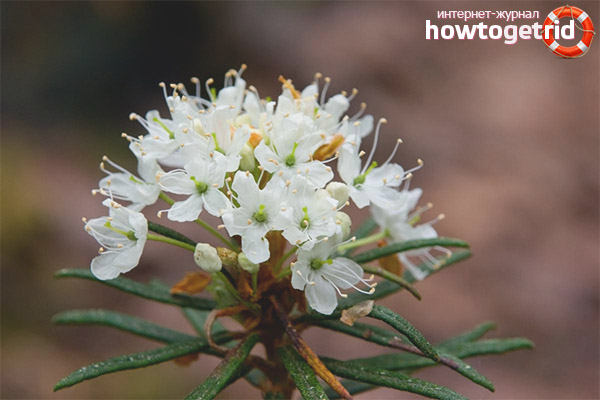
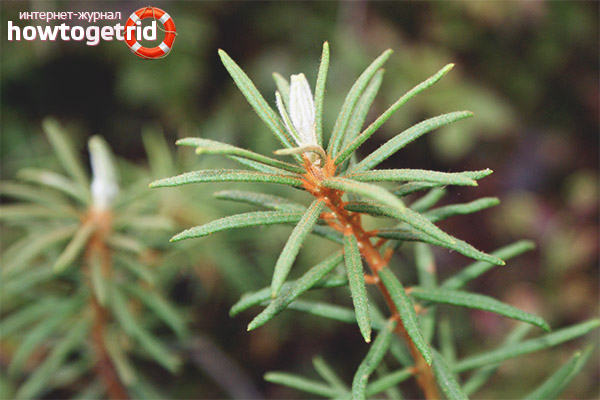
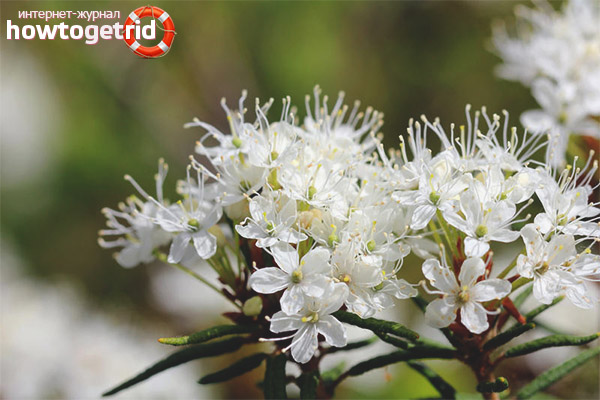
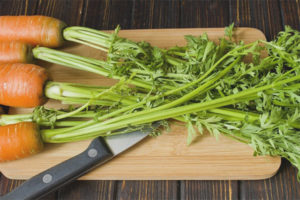
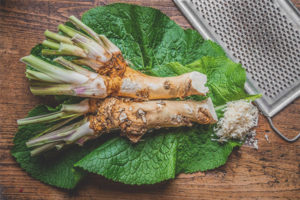
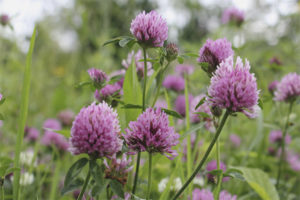
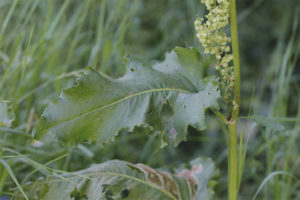
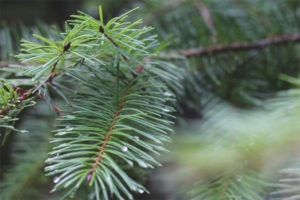
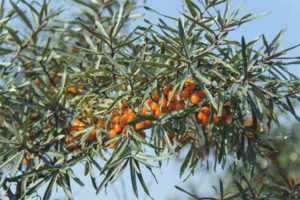
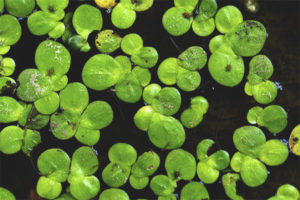
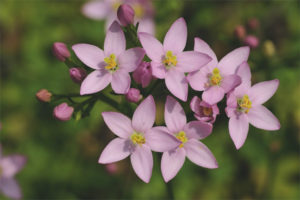
Submit